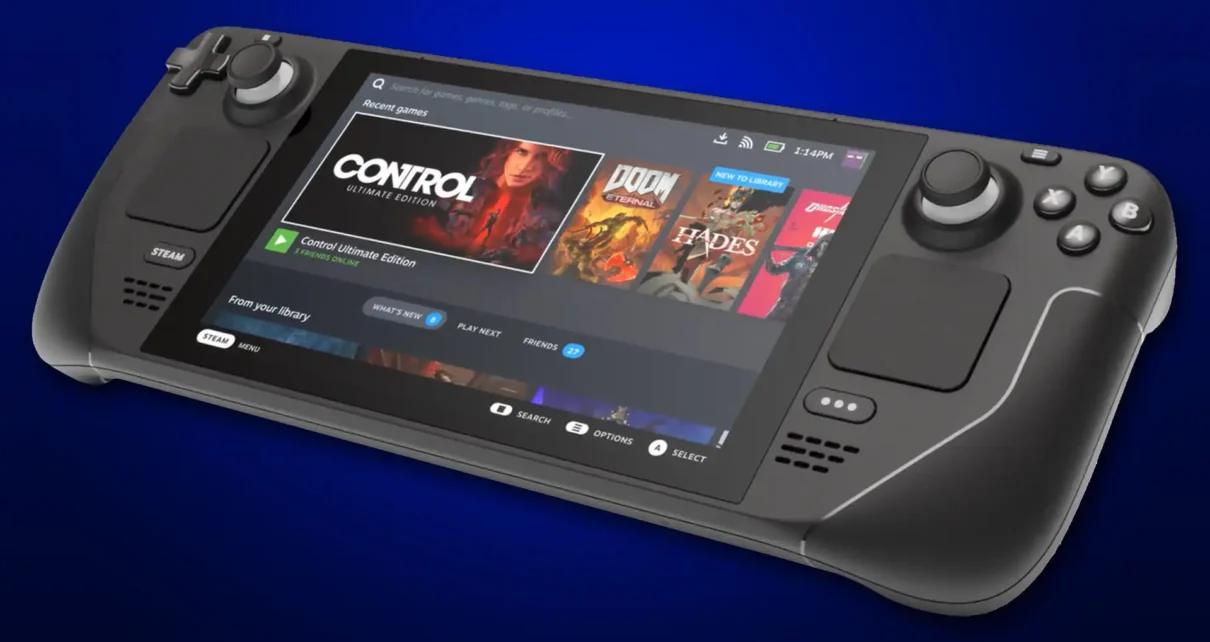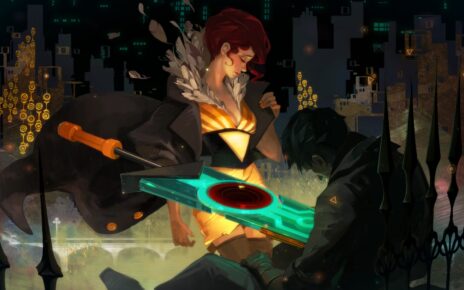I grew up as a console gamer. My family had some Macs growing up so I played some Schoolhouse Rock games and Word Munchers, but that was it. My main entry point was the Sega Genesis I received for Christmas 1995. A mixture of Teenage Mutant Ninja Turtles: The Hyperstone Heist, Richard Scary’s Busytown and Sonic the Hedgehog were my introductions to the medium..
Because of this some genres eluded me for a long time due to the fact they just weren’t on consoles or, if they were, they weren’t good. Real-time strategy games and first person shooters are the first two that come to mind. So I gravitated to sports games, RPGs and fighting games. But, as time went on, developers figured out how to adapt these difficult genres onto a controller from a keyboard and mouse. Goldeneye 007 was the first real success story of an FPS on consoles brought to us by Rare in 1997 for the Nintendo 64. However, it was perfected in 2001 with the release of Halo: Combat Evolved, the seminal launch title for the original Xbox console.
For RTS games, Mass Media Studios did their best working with Blizzard to port StarCraft, again, to the Nintendo 64 ironically enough, but it was surprisingly well-received. However, the first one for more modern consoles that I can recall was The Lord of the Rings: The Battle for Middle-earth II on Xbox 360 which I absolutely loved followed a few years later by Halo Wars.
Today, we have city-builders, 4x strategy games and everything else under the sun on consoles. But why go over this history? The reason why is because this innovation has happened again. The Nintendo Switch was the proof of concept, but the Steam Deck is the execution.
As someone who works a desk job five days a week, the thought of continuing to sit at my desk to relax is not an idea I find enjoyable. But laying on the couch and relaxing while playing gamesis and the Nintendo Switch has been my go to console since its release in 2017. I don’t have nostalgia toward Nintendo like many people do as, like I said, grew up a Sega kid. I’m not a big fan of 2D platformers, the classic formula of Zelda games don’t do it for me and I have a terrible sense of direction so Metroid was out. With those being said, I do love Super Mario 64, Super Mario Odyssey, The Legend of Zelda: Breath of the Wild and Metroid Dread.
But being able to play ports of games, portably, had me finally dig into so many games that I had only dabbled with in the past, even if they were heavily compromised versions. Doom (2016) and The Witcher 3: Wild Hunt are the two that I’ve experienced on Switch but the list goes on from the Metro series, Hellblade: Senua’s Sacrifice and Alien: Isolation just to list a few more. I loved being able to take these, traditionally, home console/PC experiences with me wherever I wanted whether it was the couch in the living room or on a road trip without having to bring a bunch of equipment.
For years, I had been waiting for a “Switch Pro” or some sort of upgraded hardware to throw my money at. But the thing is that the Switch blew up in terms of sales and didn’t slow down only launching new hardware very recently this year. Nintendo hasn’t been directly competing against Sony and Microsoft since the sixth generation when the GameCube had more graphically impressive ports of games, on average, than the PlayStation 2. The Switch felt like they were almost trying to stay in their own lane that they’ve been in since the Wii but reach back toward that previous era, if only a little bit, with those ports. I’d love to have one primary console to play everything on, but the Switch was just too underpowered to accomplish that.
Enter handheld Windows PCs that have been rising in popularity over the past 5-7 years. They’re generally made in China, are very expensive and have one issue or another, but they have been an avenue to play full on PC games on the go, if not necessarily the best way to do so. Then, Valve came to play. Much like Google and their method of “let’s throw a bunch of stuff at the wall and see what sticks” method of product development (Google+, Google Glass, Google Reader) Valve was similar in terms of hardware. The Steam Link, Steam Controller and Steam Machine, to name a few, did not pan out as well as they would have liked, but did provide valuable data for future product development. However, Valve changed that with the Steam Deck.
I’ve had mine for a few years now and almost play it exclusively over my Switch, PS5, Series S and PC. It’s the same appeal as I had with the Switch, only the Steam Deck has the horsepower to keep me hooked. Sure it plays games well, but it lets you run them how you want to. You can customize graphics settings in game, of course, but you can control hardware performance as well to try and make it as battery efficient as possible if you like. You can change the TDP to limit how much power a game can draw from the system. If a game only needs 8 watts to run flawlessly, why would you keep it on 15 and drain the battery faster? Then there is FSR or FidelityFX Super Resolution in which you can lower the resolution of your game to very low, (540-640P) so that the CPU and GPU aren’t taxed as much, but then everything is upscaled to look as close to high settings as possible. As an example, running Mafia: Definitive Edition at the native steam deck resolution got me close to 30FPS oftentimes dipping into the low to mid 20s. But with FSR on, the game still looked great and I was getting a near consistent 40FPS.
It is a safe and fun way to tinker with games removing the fear of potentially messing up a .ini file and rendering the game unplayable. I’ve spent a ton of time trying to optimize settings for games that I play, not that I needed to a lot of the time, but it was fun for me. However, if you don’t want to take the time, ProtonDB is a great site that crowdsources the best settings for each game as well as SteamDeckHQ. All of this has been leading up to me talking about the games that I probably would never have played if it wasn’t for the Steam Deck. I’ll briefly touch on each one below:
Mafia: Definitive Edition
This was the first big, graphically-intensive game that I sank my teeth into on the Deck and, wow. I missed out on the franchise over the years but had just come off finishing The Godfather on PS2 and still wanted some more mafia in my life. What I didn’t expect was to find one of my favorite games in recent years. From the actors to the story to the mission design, it is spectacular and one of my favorite games I’ve played this year. It is worth your time.
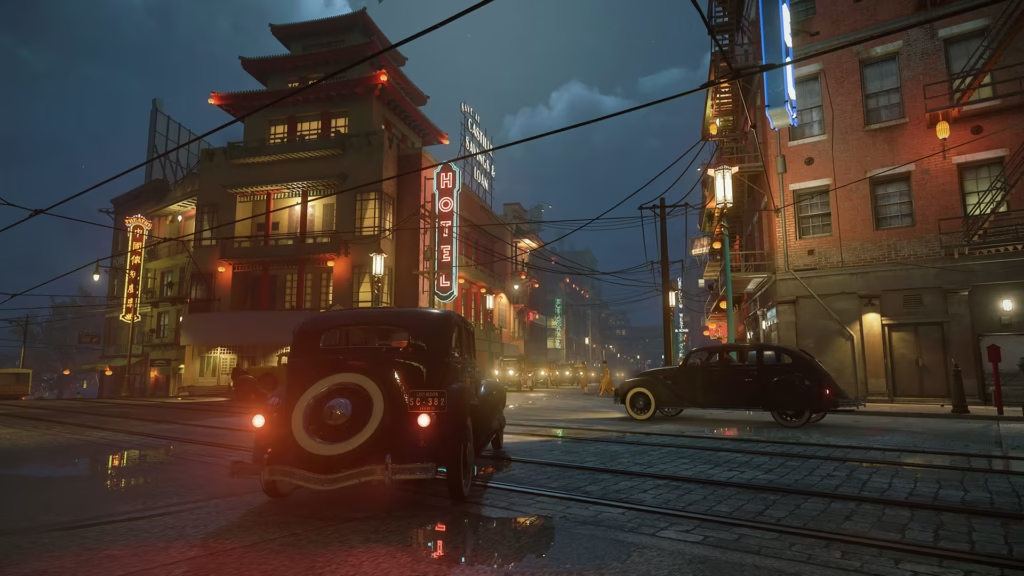
Mafia II: Definitive Edition
After finishing the original, I dove right into the sequel which I had heard nothing but praise for. While I didn’t enjoy it nearly as much as the first game, it was a fun sequel. The only thing I didn’t understand was why the file size was about five times bigger than the original version of the game when it doesn’t look that much better.
Dark Souls
This is a franchise that I feel guilty for not giving more of a fair shot. Not because of how well-received the games are, the difficulty or the competitive aspects but because of the lore. I love the lore of the games so much that I feel guilty for not going through and seeing it for myself, and that’s the journey I have begun. I’m about halfway through the original Dark Souls and am loving it. Originally coming back out in 2011, it truly must have been a special game for those who dove into it upon release.
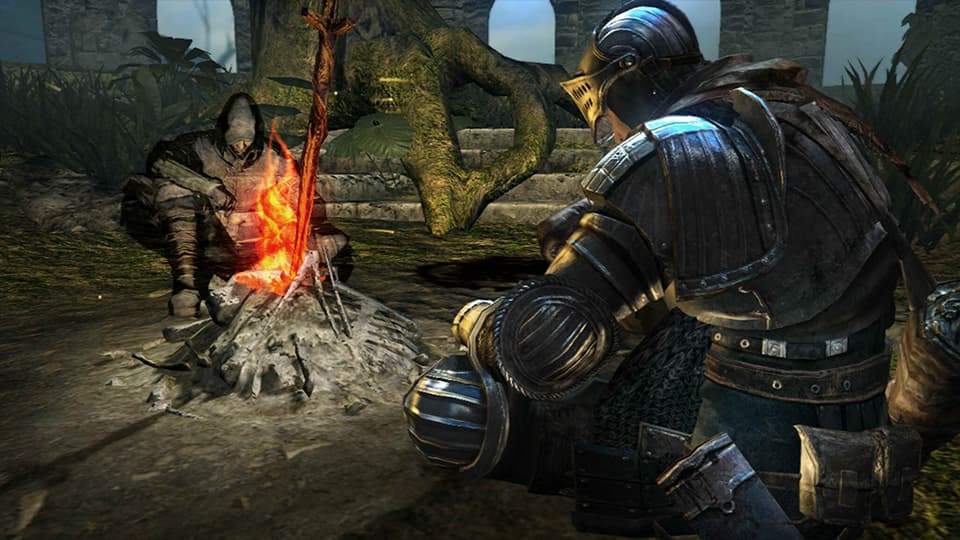
Modded Slay the Spire
I’ve put a couple hundred hours into Slay the Spire across multiple platforms, but I’ve never messed around with mods until I got the Steam Deck. New characters with their own full decks, new relics and even maps to proceed through. I’m of the opinion that it’s a crime for The Knight from Hollow Knight not to be a character in the base game. It’s just too good.
Elden Ring
Similar to what I mentioned about Dark Souls, it’s the lore that captivates me more than anything. It also shares that sense of, “Wow, I can’t believe I’m playing this on a handheld,” similar to what I felt with Breath of the Wild.
Banners of Ruin
I love Darkest Dungeon but have never finished it, but I look for games like it. While I couldn’t get into Monster Train, I have enjoyed Banners of Ruin quite a lot. Growing up, I was a big fan of the Redwall series of novels by Brian Jacques and this game takes some of that and puts it into a DD-esque rogue-like deckbuilder. If any of that sounds good to you, definitely check this out.
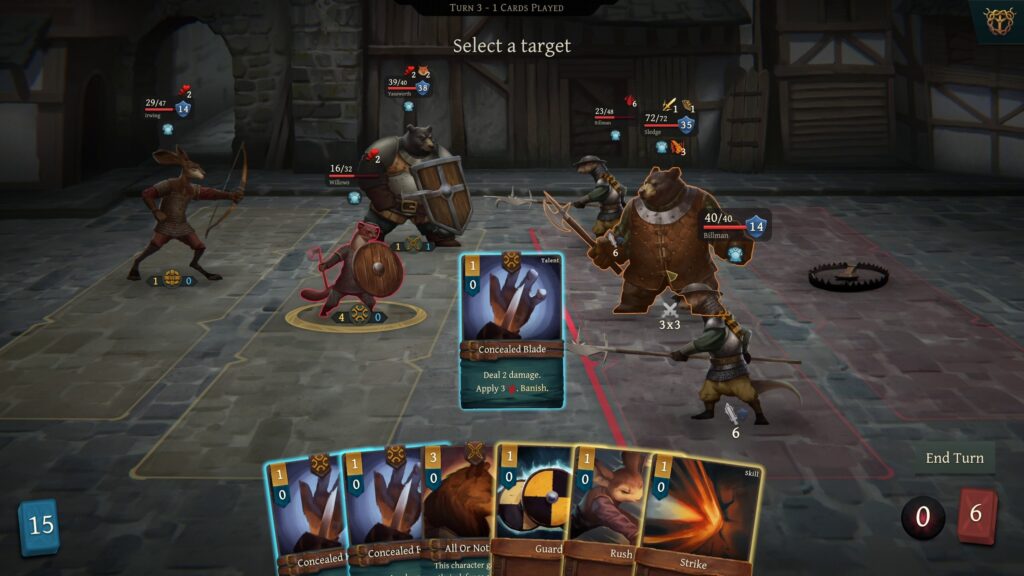
And those are just the games that I’ve sank substantial time into. Especially after having my first child, the flexibility of the portable Steam Deck has allowed me to continue to enjoy this medium that I love, and I will be eternally grateful for that.

